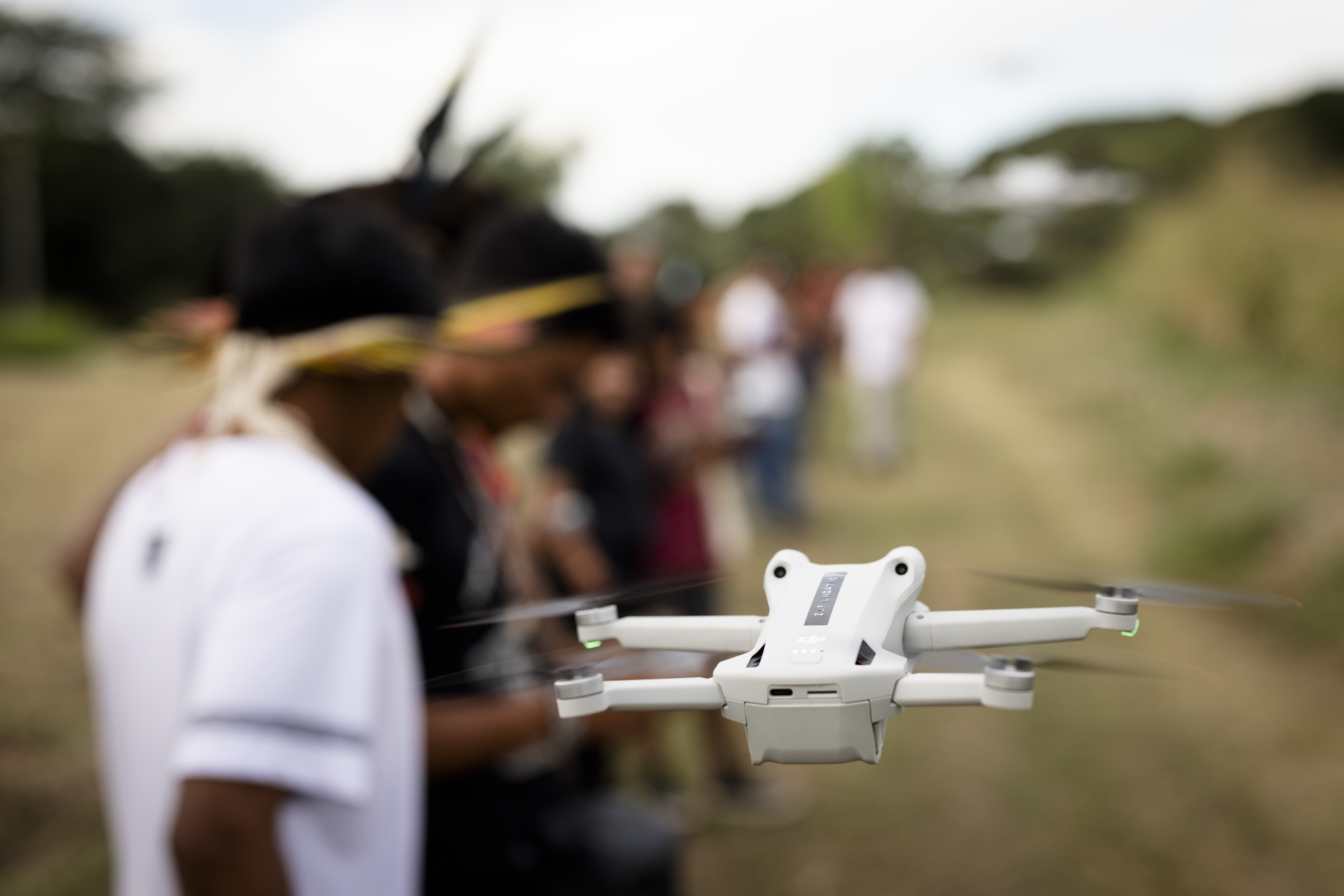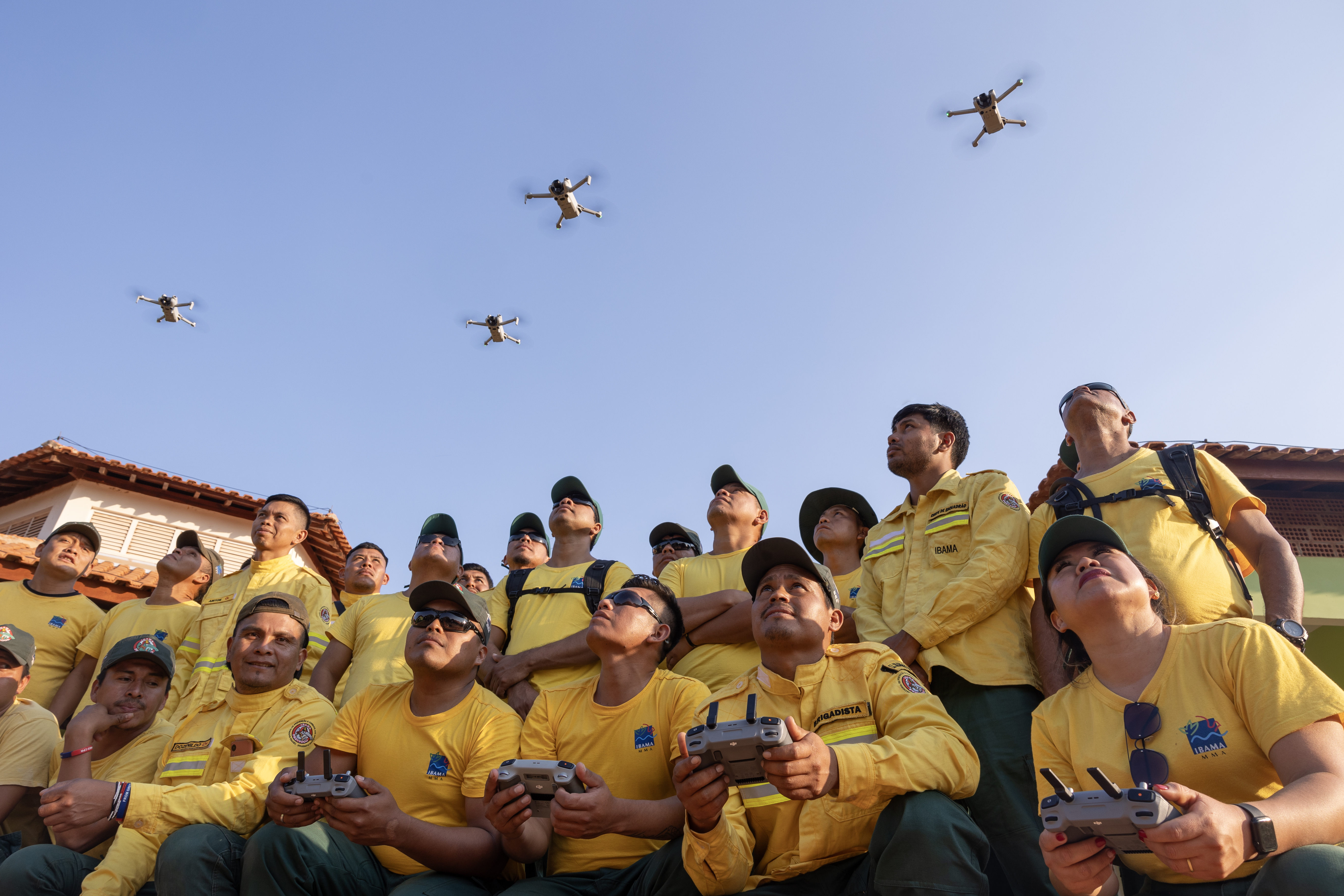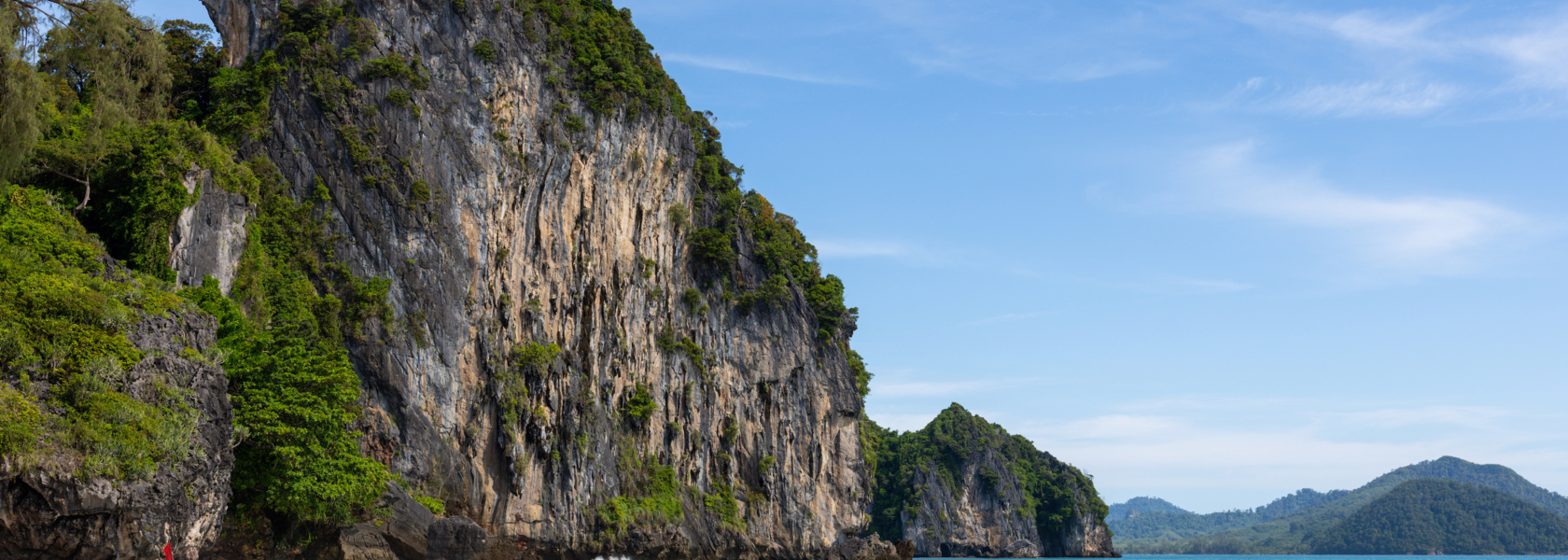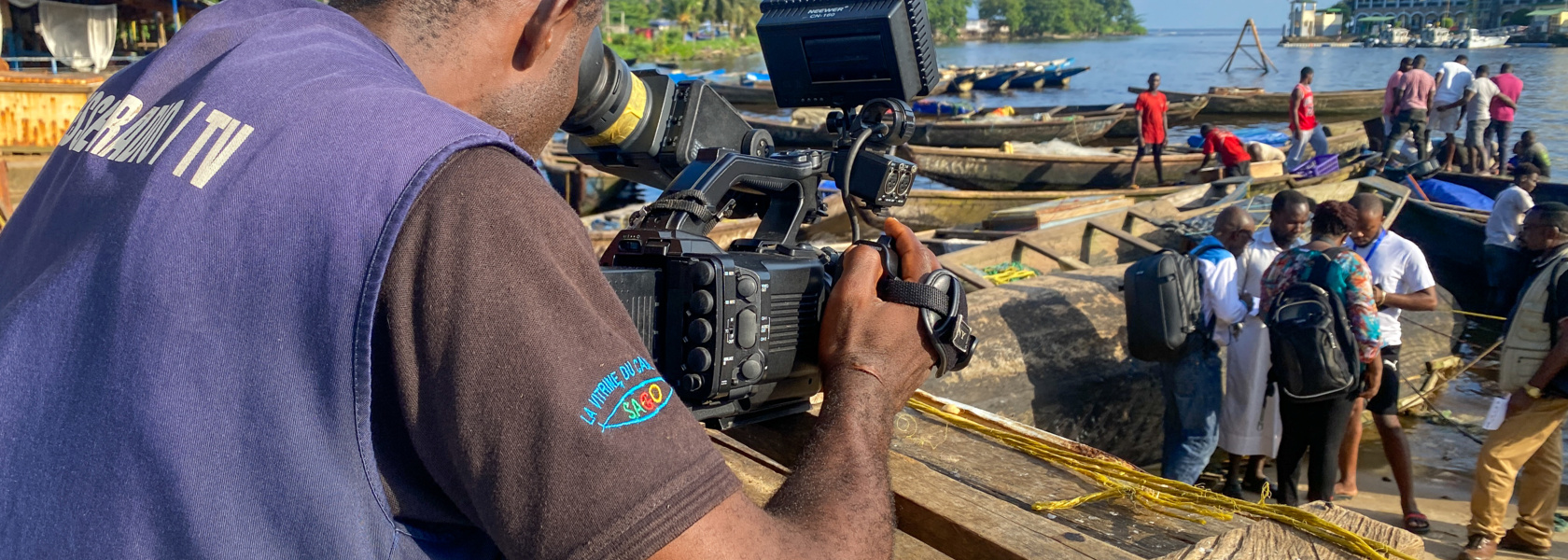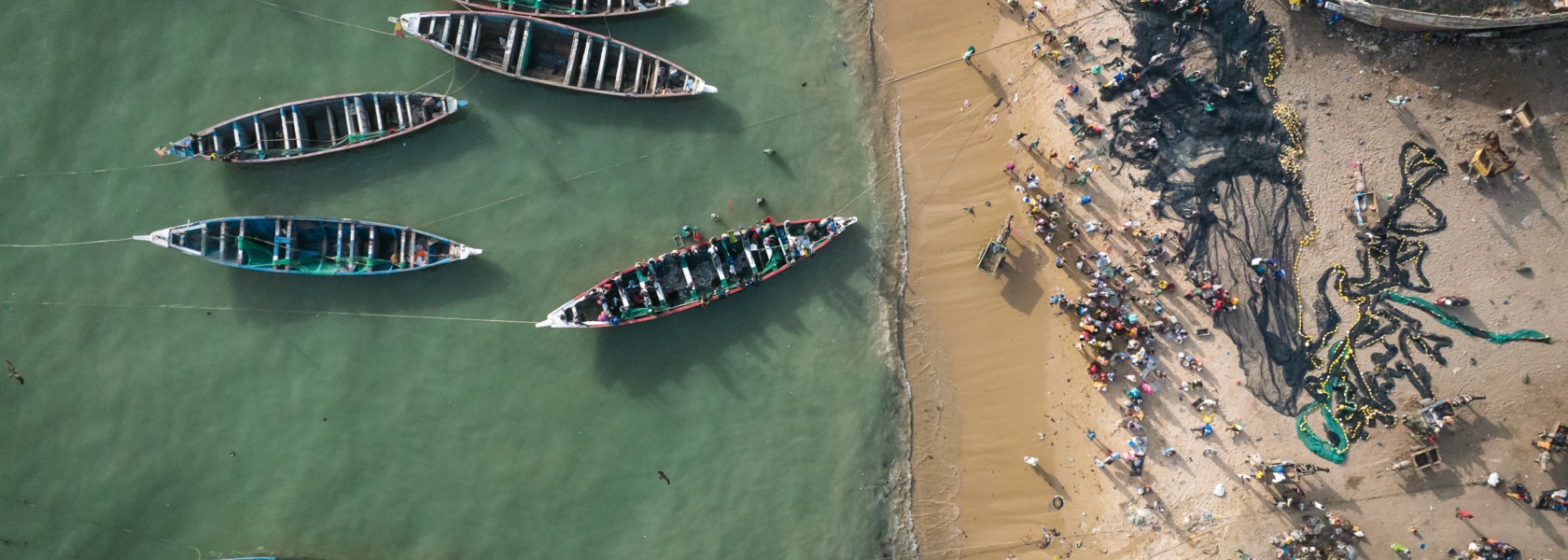Because of their close relationship to the Pantanal wetland, Indigenous communities are the first to suffer from its destruction. They are directly attacked by land grabbers aiming to take their ancestral territories. We work with dedicated Indigenous young people across the Pantanal, helping to protect both their people and lands. By training them in the use of pocket cameras, aerial photography and advocacy, we equip young leaders to monitor and report human rights and environmental violations and develop storytelling skills to inspire the protection of their natural world.
As traditional guardians of the wetland, Indigenous communities in the Pantanal are best placed to report on the deterioration of the land and develop solutions to redress it. In the Brazilian Pantanal and in the surrounding Cerrado savannah, Indigenous communities have been driven from their ancestral land and confined to small areas. Their ways of life are directly jeopardised by the climate crisis, as droughts and heatwaves worsen.
Indigenous communities in the Pantanal region
Indigenous peoples have lived in the Pantanal region for centuries, maintaining deep spiritual and ecological relationships with the land and waters. Among the main groups are the Terena, Kadiwéu, Kinikinau, Guató, Boe Bororo, and in its outskirts, the Guarani-Kaiowá.
While each group has distinct traditions, languages, and histories, all have experienced varying forms of territorial loss, violence and marginalisation. Throughout the 20th and 21st centuries, the expansion of agribusiness, cattle ranching and infrastructure projects has increasingly pushed communities off their ancestral lands. Indigenous people are also exposed to the intensive use of agrochemicals in neighbouring farms, deliberate fires started by farmers to clear lands and often suffer physical violence and threats from businesses seeking to use their territories.
Despite this, communities continue to fight to protect their environment and get legal recognition.
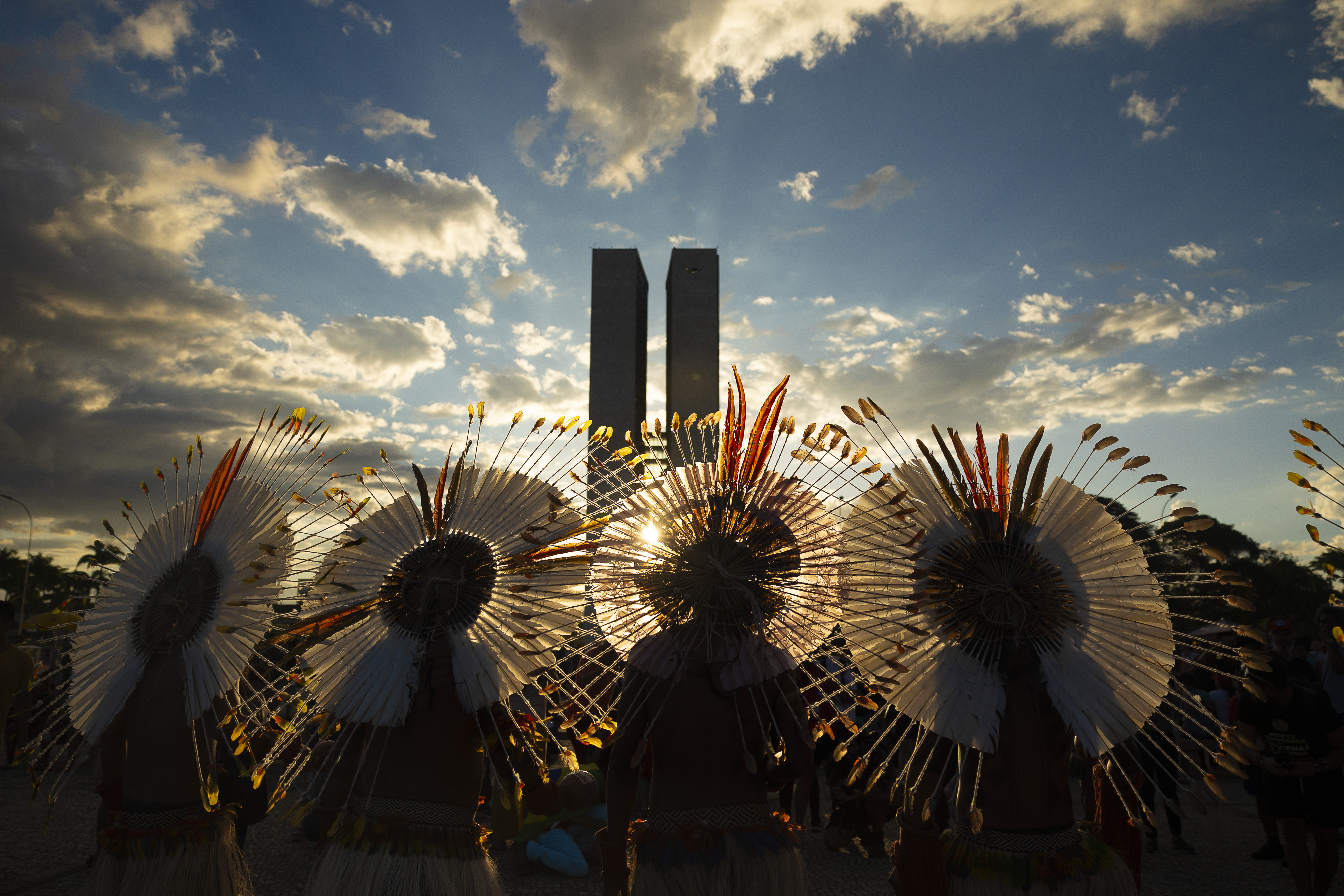
EJF supports young Indigenous activists from across the Pantanal to tell their side of the story. Our programmes prepare them to present the issues they face in an impactful way to national and international decision-makers, and advocate for their rights.
By learning how to use drones, pocket cameras and aerial photography, they are better armed to record and expose illegal fire setting, land clearance and other violations of their territories. These images serve to create hard-hitting reports and short films, which are critical to grabbing public attention. Through our mentoring and training programme, youth environmental defenders also refine their storytelling and advocacy skills to give visibility and generate support for this precious biome and the lives dependent upon it.
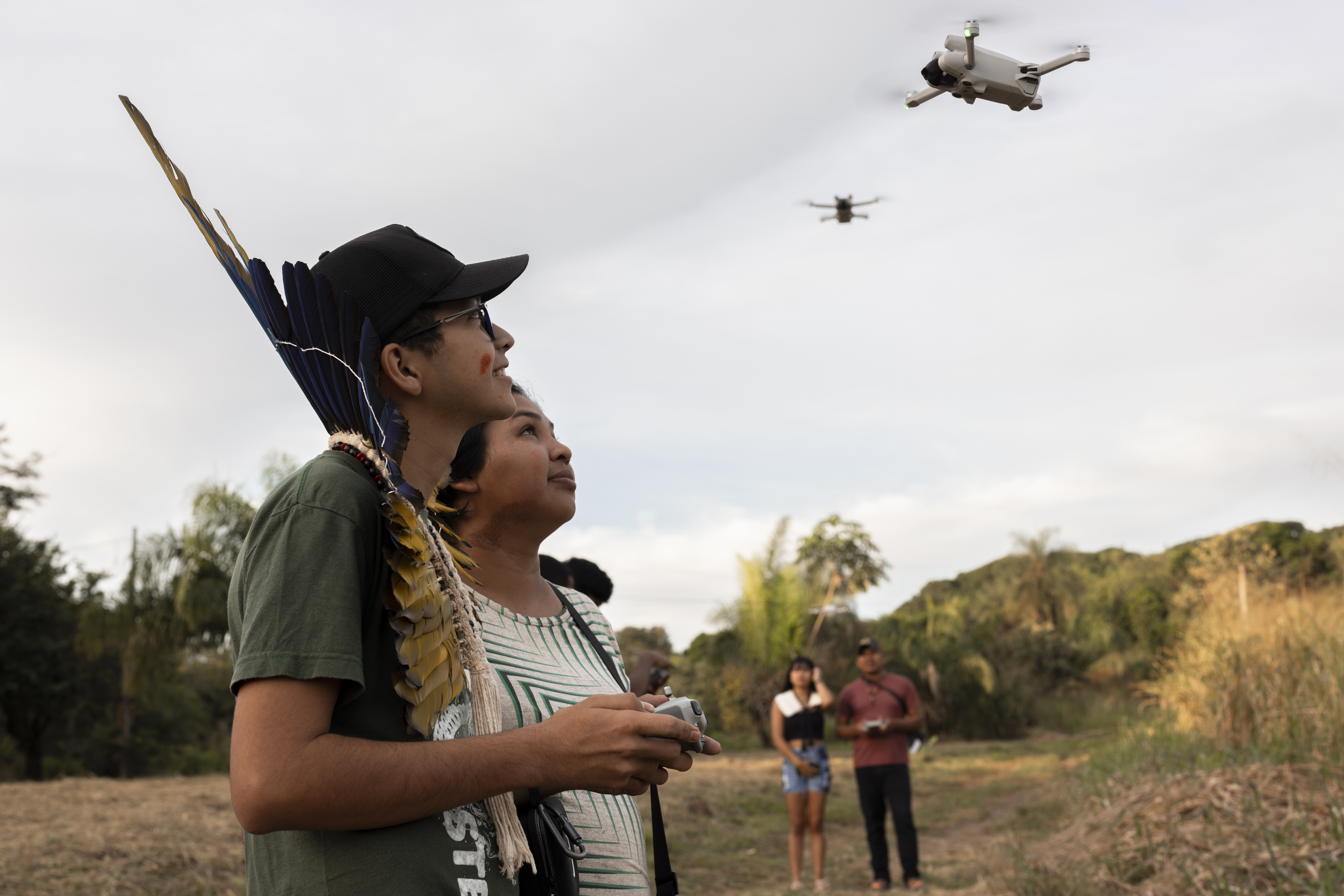
We live in a reclaimed area and we always hear gunshots from the neighbouring farm. By using this technology, we will be able to identify who is responsible for this. Because for us this technology is also a tool to defend ourselves.
Indigenous environmental defender, Brazil (2023)
[The training] is very important because it assists us to share our own narratives about the way we live inside and outside our community. There is no one better than us to create this narrative and also to show to the world what we have to go through within each territory we live in
Indigenous environmental defender, Brazil (2023)
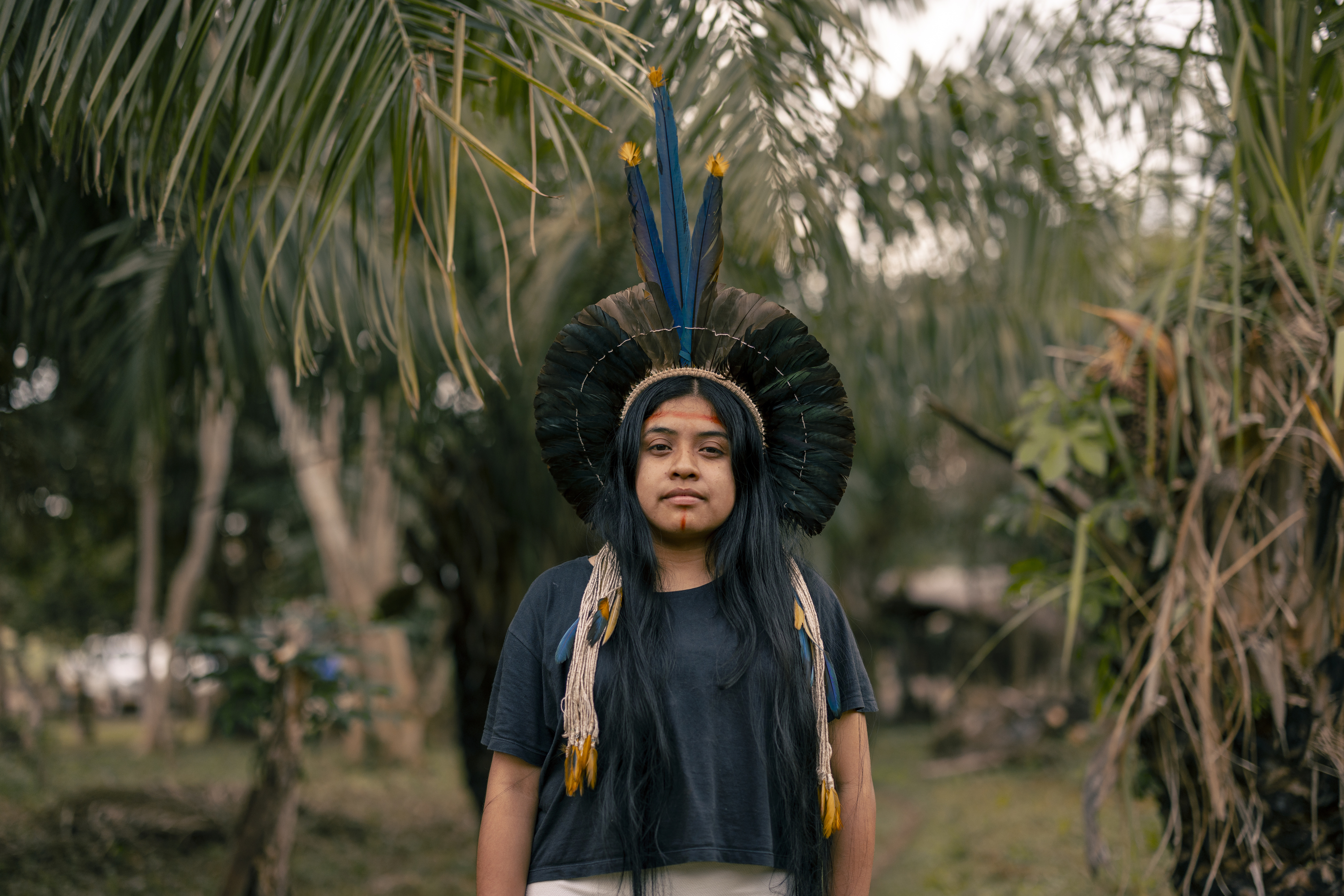
EJF campaign in the Pantanal
Beyond our support to young Indigenous people, EJF has investigated the various threats to the Pantanal and its inhabitants. In 2023, we produced a report and short film highlighting how the EU’s cattle supply chains are fueling the Pantanal's deforestation.
In 2025, our new film, Pantanal, shed light on critical risks to the wetland and has been nominated at the Wildscreen Panda Awards, also known as the ‘Green Oscars’.
To learn more about our work to preserve these ecosystems, visit our campaign page on forests and wetlands.
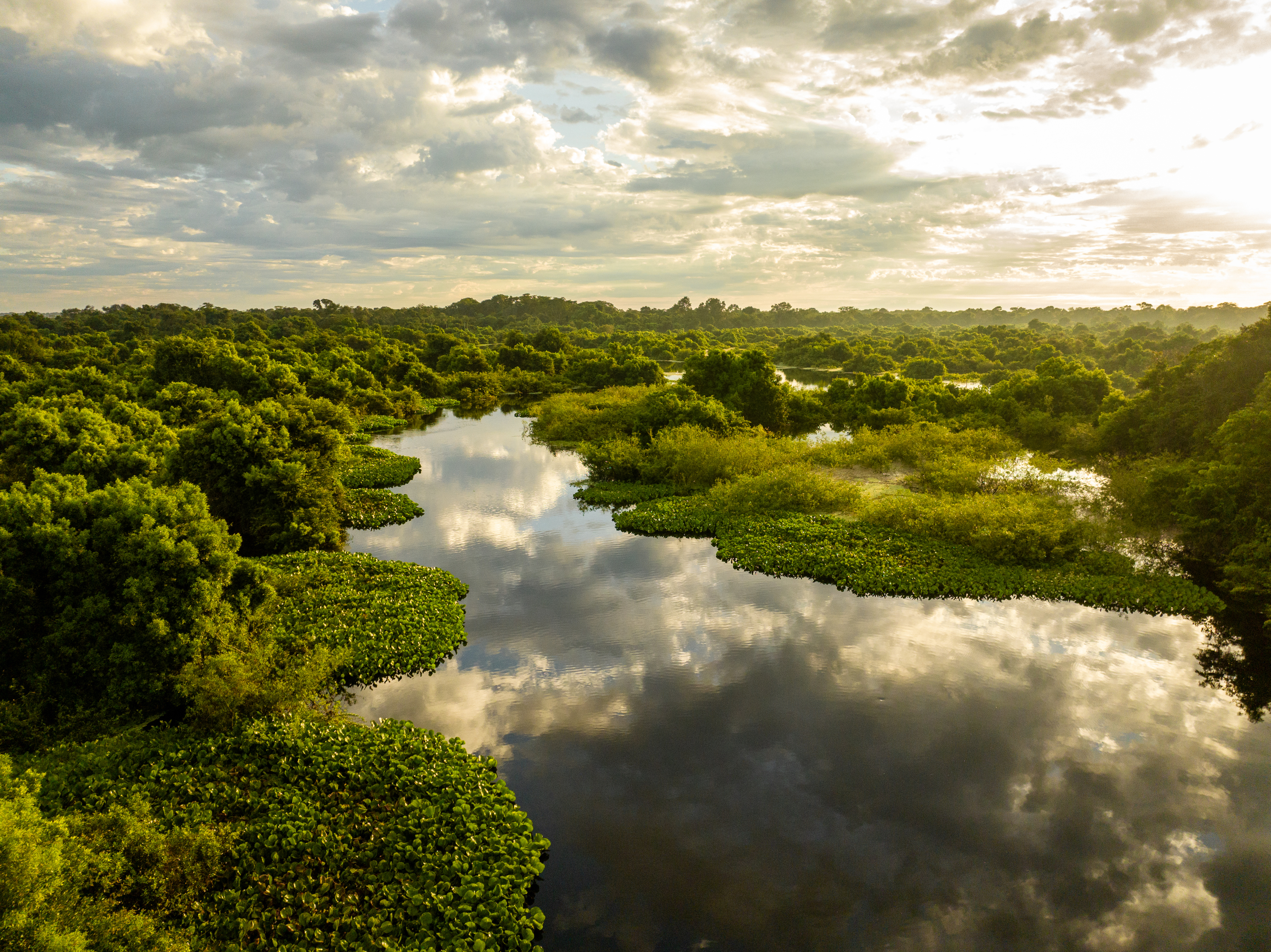
SIGN UP FOR OUR EMAILS AND STAY UP TO DATE WITH EJF
